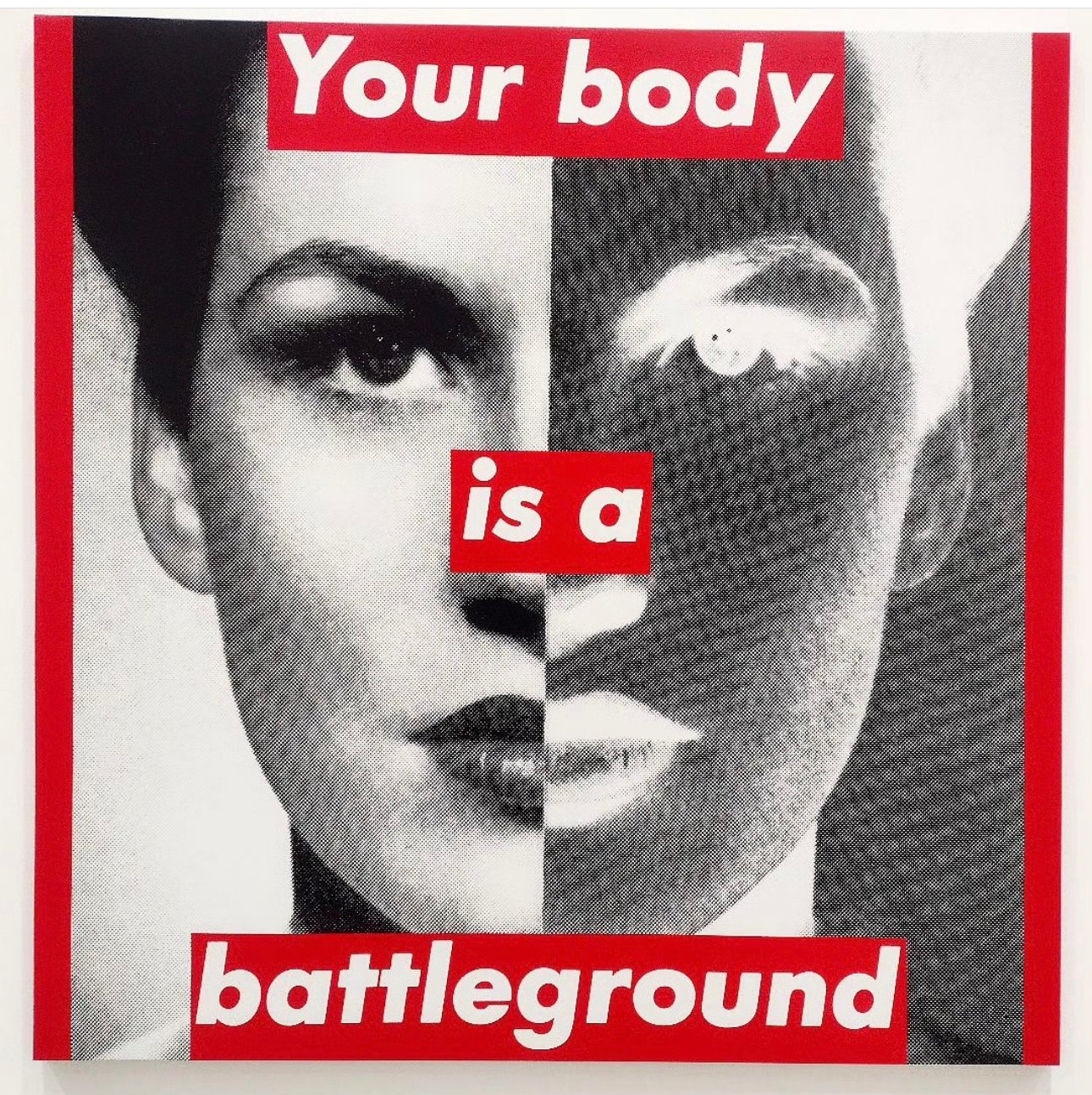


















We’re not here to talk about the occasional indulgence in wine, cocktails, tobacco, or sweets. This isn’t about giving up life’s small pleasures or the joy we find in our less-than-optimal habits. No, this article is here to expose the myths we’ve been sold as “healthy” practices—myths that have left us paying a high price for promises of wellness, only to find ourselves sicker, not better.
We’ve been steeped in these beliefs for too long, and it’s time the truth be known. Health comes first. We forget that without it, we cannot be our best selves. Our bodies deserve better than to be treated as lab rats and left to bear the cost.
So, I plead thee, dear Anatomist, BE PARANOID! Question, research, seek and manifest clarity! Here’s what I’ve learned are the questionable myths alongside choices that are genuinely smart, yet not-so-funny to the FDA, Big Pharma, and the corporate giants controlling America’s food supply. The joke is finally on them.
We’ve all seen the ideal diet pyramid, with vegetables and grains as the foundation. Veggie-heavy meals—whether smoothies, stir-fries, or Buddha bowls packed with spinach, kale, beets, artichoke hearts, celery, or snap peas—are hailed triumphantly for their fiber and phytonutrient content. Yes, short-term, these nutrients may indeed induce a temporary ‘detox’ effect. And yes, they can stimulate the body’s defenses and bring on healthy reactions, but only in the short run. According to Sally Norton, author of Toxic Superfoods, whatever the benefits of eating plants, consuming them in high levels long-term has a price tag: toxicity.
“In the case of oxalate overload, the body can hold on to oxalate in ways that may hide what is going on: an increasing load of oxalate crystals, constant metabolic stress, and a deferment of the ultimate costs. The time gap between cause and effect keeps the negative effects invisible to us.”
She provides a list of “worst offenders” and “safe bets” for not only veggies but all other foods. Consider it your new bible.
Fiber is glorified for its supposed benefits for gut health, weight management, cancer prevention, and heart disease reduction. So we’ve been drilled. But according to Jane Brody, health columnist and cookbook author, these claims are not well-supported. What’s funny—but far from funny—is fiber’s well-established drawbacks, like its potential to contribute to malnutrition, inflammation, bacterial overgrowth, and even the very issue it is touted to prevent: constipation.
“A… serious drawback of increasing the fiber content of your diet concerns its possible interference with the absorption of essential minerals, especially calcium and iron, which are already in short supply in the diets of many Americans…. Other nutrients (like) zinc, magnesium, copper, and vitamin B6 may also be partly blocked. There is no question that more minerals are excreted on a high fiber diet.”
It turns out the starchy high-fiber foods we’re told to load up on—like grains, potatoes, rice, whole wheat, oat bran, chia seeds and psyllium fiber—are all quite high in oxalates—and when consumed continuously over time—can be harmful to the body. (For more on oxalates, I urge you to consult—>Exploded Crystal Chandelier Aches ‘N’ Pains). And while coconut and white flour are better sources of insoluble fiber given their low oxalate content (and tastier, if I may), the point is: fiber should NOT HAVE to be a staple for a healthy diet.
The notion that a high-fiber diet is essential to nourish and support the microbiome couldn’t be farther from the truth. The gut is naturally equipped to regulate its own bacteria, and dietary fiber can actually disrupt this process. A study conducted with 99 participants at Kaiser Permanente Medical Center in Walnut Creek, California, found that a high-fiber, low-animal-protein diet increased the risk of recurring kidney stones by six times.
So, as long as a correct pure, organic high-animal-protein, low oxalate diet is followed, fiber is SO last season.
We’ve been given the notion that since vitamin C is water-soluble, whatever excess we give our bodies is easily peed out. And though it’s true we all need some vitamin C, supplementing can actually increase oxalate levels in the body. High doses (1000 mg or more per day) have been linked to oxalate toxicity and kidney issues. Researcher and founder of Great Plains Laboratory, Dr. William Shaw, suggests keeping daily C intake under 250 mg. Research has also demonstrated that long-term use of vitamin C AND vitamin E supplements may even shorten human life span! It has shown that when we consistently suppress cell-based oxidants with vitamin C and E supplements, we disrupt the physiological balance and self-regulation in our cells. This also applies to other antioxidant supplements like NAC, CoQQ10, and glutathione, which—like vitamin C and E—should only be taken intermittently or during times of infectious illness, but not daily.
Our fear of UV rays has been overblown. According to health experts, like Dr. Jack Kruse and Dr. Alexander Wunsch, UV light is vital for optimal health.
Dr. Kruse, a neurosurgeon and biophysicist, and Dr. Wunsch, a photobiologist, both advocate the benefits of moderate sun exposure as essential for vitamin D synthesis and immune function. Both also caution AGAINST the routine use of sunscreen. Kruse believes that UV light is crucial for mitochondrial function and circadian rhythms. He argues, “We are meant to live in the light, not hide from it.” Dr. Wunsch similarly stresses UV light’s broader health benefits, like enhancing our nitric oxide levels. He states, “Sunlight is a nutrient, not a toxin.” Both doctors advocate a balanced, non-burning sun exposure for our wellbeing, challenging the farce that we should all “wear our sunscreen” or SPF anything. [I personally have never worn facial moisturizers or makeup with SPF, and my skin seems to hold up quite well, thank you very much. And for long exposure to sun, sunscreen products made of only zinc oxide work magnificently.]
The idea of taking probiotics daily seems unquestionably harmless. I bet all of us have been victims to a bombardment of sponsored probiotic ads and reels. I, myself, even proudly wrote a post on all those I believed to be the best brands (—>Happy Gut, Happy Life). I’d never thought twice about popping these bacterials every morning, and little did I know this attempt to care for my gut was not only pointless and expensive, but completely counterproductive. Research—real research—reveals that the majority of probiotic products are ineffective and if taken routinely for no specific and temporary reason, can disrupt gut health.
According to Sally Norton, ”Research shows that most probiotic products cause intestinal bacterial overgrowth, gas, bloating, lactic acidosis and many other more serious harmful effects. When bacterial supplements are successful at colonizing the bowel, they may displace your native bacteria and make it harder for your gut to regulate its contents. (And) Don’t fall for the myth that probiotics will protect you from the excessive oxalate you eat.”
When your diet supplies what your body actually needs, there should be NO real need for probiotic supplementation. Organic fermented yogurts like kefir work. And so does a diet rich in animal-protein and low in oxalates.
Salt has become villainized in “health” circles, blamed for everything from high blood pressure to dehydration. But contrary to all the warnings, studies reveal that salt’s impact on our health is more nuanced than we’re led to believe. Research suggests—and real health circles know— that higher salt intake actually aids in keeping our bodies hydrated, healthy, slim, and balanced, when it’s the right salt.
Neither table salt, iodized salt, or even touted himalayan salt is ideal. The solution is this: natural, mineral-rich Celtic (or grey) sea salt. Unlike the processed kind, Celtic sea salt supports hydration, immune health, skin and our general vitality.
For more on this spice of life—>Salt Of The Earth)
Collagen powders are touted for skin, hair, and joint health, but are ALL the amino acids they contain actually helpful? Perhaps or perhaps….
NOT all the amino acids in collagen powders’ lists are beneficial. It turns out “glycine” and “hydroxyproline,” two amino acids commonly found in them are actually doing us more harm than good. These aminos are precursors to oxalate-toxicity, and when taken supplementally, contribute to metabolic oxalate production. Surprisingly (or not), most collagen powders contain both and in higher amounts than the other amino acids.
Aforementioned Dr. William Shaw has stated that these two amino acids in particular can be metabolized into glyoxylate, which may then convert into oxalate, potentially contributing to conditions like kidney stones. He’s emphasized the importance of understanding these metabolic pathways to manage and prevent oxalate-related health issues.
I take Body Health Perfect Aminos, which contain 9 essential amino acids, excluding these pernicious two.
Myth 8: “NUTS FOR NUTS”
We’ve been told nuts and seeds are a healthy choice for stabilizing glucose and providing essential fats. But recent revelations about linoleic acid (LA)—a prevalent omega-6 fat in nuts, seeds, and seed oils—reveal a different perspective. LA is ubiquitous in the modern diet, found in everything from processed foods to animal products raised on grain diets—and unbeknownst to many—can severely disrupt cellular health, impair mitochondria, and contribute to chronic disease.
While our bodies need small amounts of LA, the high levels in nuts, seeds, and oils lead to inflammation, cellular dysfunction, and even increased risks of conditions like Alzheimer’s and insulin resistance. Choosing healthier fats, like tallow, butter, and coconut oil, and opting for ruminant meats when dining out, offers a way to limit LA intake. So for those of you who are “nuts about nutrition,” it’s time to rethink nuts and seeds as a daily staple.
(For more on this nutty myth, please consult—>Don’t Go Nuts)
Myth 9: “HYDRATE!“
Who’da thought it? The very water we drink, often assumed safe, can be a hidden source of health issues, contributing to weight gain, illness, and toxicity. Let’s break it down. Chemicals like BPA—commonly found in plastics—act as endocrine disruptors, mimicking estrogen and promoting fat cell growth, while fluoride in tap water may interfere with thyroid function, increasing the risk of obesity. The chloramine in our general water system has been linked to skin problems, fatigue, and digestive disturbances, and also long-term weight gain. And the PVC and PEX used in our plumbing release endocrine-disrupting compounds, and wreak havoc on our poor unfortunate bodies, and eventually souls.
What we need is to inquire as to the quality of our home’s water system and—if not highly purified and filtered—then to do so immediately (using filter-heads—a low budget option—or switching to a reverse osmosis water filtration system). What we also need is to STOP drinking from plastic water bottles (unless silicon-coated or BPA-free). We owe it to our bodies to mindfully choose vitality. Not de-vitalizers, mindlessly.
“Good water is fundamental to health, but it’s not free nor easy.” —Sally Norton
(For more on this topic—> Supercharge Your Hydration)
Yeah. We live in a wild world of savages fixated on selling and profit. And it’s pretty obvious most of the diet trends and hype are driven by greed, at our expense. We all love a compelling story, but unfortunately we’ve let ourselves take all these myths as unquestionable truths. But to spare ourselves from paying an inevitable price, it’s imperative we look to Nature. And back to the intuitive wisdom of our primal ancestors and the few remaining cultures untouched by a money-and-power-starved food industry.

A haven for eccentric, thoughtfully crafted and curated info and inspo.
Copyright 2025 – The Blog. All rights reserved
A personal proposition to a savvier, more qualitative, way of life.
We don’t give it up for free.
(And neither should you.)